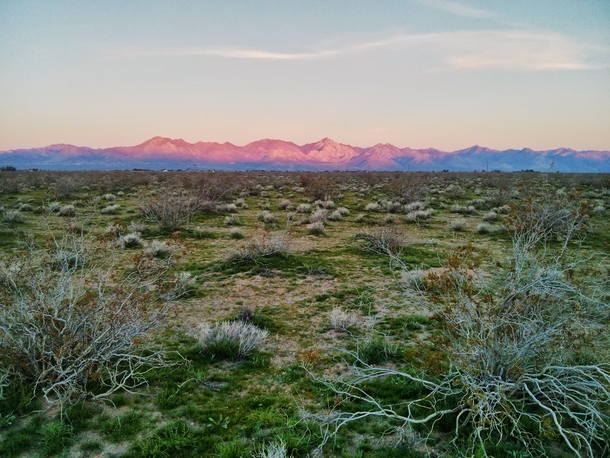Ridgecrest is a city in Kern County, California, United States, along U.S. Route 395 in the Indian Wells Valley in northeastern Kern County, adjacent to the Naval Air Weapons Station China Lake (NAWS, or China Lake). Take a look below for 15 amazing and fascinating facts about Ridgecrest, California, United States.
1. It was incorporated as a city in 1963.
2. The population was 27,959 at the 2020 census, up slightly from 27,616 at the 2010 census.
3. Ridgecrest is surrounded by four mountain ranges; the Sierra Nevada on the west, the Cosos on the north, the Argus Range on the east, and the El Paso Mountains on the south.
4. It is approximately 82 miles (132 km) from the Lancaster/Palmdale area, 110 miles (177 km) from Bakersfield, and 120 miles (193 km) from San Bernardino, the three nearest major urban centers. Private air travel in and out of the city is provided through the Inyokern Airport. There are currently no scheduled commercial flights.
5. The city has been near the epicenter of major earthquakes, including one in 1995 and a series of quakes in July 2019.
6. The settlement began as a farming community called Crumville in 1912, honoring James and Robert Crum, local dairymen.
7. The first post office opened in 1941. By 1943, Ridgecrest had grown to 115 homes and 196 residents. NOTS (Naval Ordnance Test Station) was established in November 1943, providing a strong job base for the years to come.
8. Ridgecrest incorporated in 1963.
9. During this era the growth of Ridgecrest was governed by the continuing needs of the high tech industries coupled to the Naval Air Weapons Station (NAWS) programs for testing arms and guidance systems.
10. The area, associated with the Eastern California Shear Zone, has in the past experienced numerous earthquake swarms, groups of several thousand quakes under magnitude 6.0 or so, often with no obvious mainshock.
11. The 1995 Ridgecrest earthquake sequence started on August 17, when a magnitude 5.4 quake, centered 18 kilometers (11 mi) north of the town of Ridgecrest, shook the area and spawned over 2,500 aftershocks over the course of the following five weeks. Then, on September 20, 1995, the second large quake struck the area: it measured magnitude 5.8, and was at that time the largest earthquake to hit southern California since the 1994 Northridge earthquake.
12. On July 4–5, 2019, Ridgecrest was associated with a series of earthquakes, including the largest to affect the area in decades, measuring 7.1 magnitude. The epicenter was about 10 miles northeast of Ridgecrest. The earthquake sequence started with a 4.0 quake 11 kilometers (6.8 mi) southwest of Searles Valley, then at 10:33 A.M. a 6.4 quake struck 12 kilometers (7.5 mi) southwest of Searles Valley. Over 1,400 aftershocks struck Searles Valley and Ridgecrest. On July 5, 2019, at 8:19 P.M., the magnitude 7.1 earthquake occurred, with the epicenter approximately 10 miles northeast of Ridgecrest.
13. The Maturango Museum is located in Ridgecrest. The museum is best known for the guided tours to Little Petroglyph Canyon on China Lake Naval Weapons Station (NAWS).
14. Coso Rock Art District, sometimes equated with the Big and Little Petroglyph Canyons is a site containing over 20,000 Native American petroglyphs now located within Naval Air Weapons Station China Lake, near China Lake and Ridgecrest, California. In fact, there are several other distinct canyons to the Coso Rock Art District besides the Big and Little Petroglyph Canyons.
15. Walker Pass (elevation 5,250 ft (1.60 km)) is a mountain pass by Lake Isabella in the southern Sierra Nevada mountains. It is located in northeastern Kern County, approximately 53 mi (85 km) ENE of Bakersfield and 10 mi (16 km) WSW of Ridgecrest. The pass provides a route between the San Joaquin Valley on the west and the Mojave Desert on the east.




